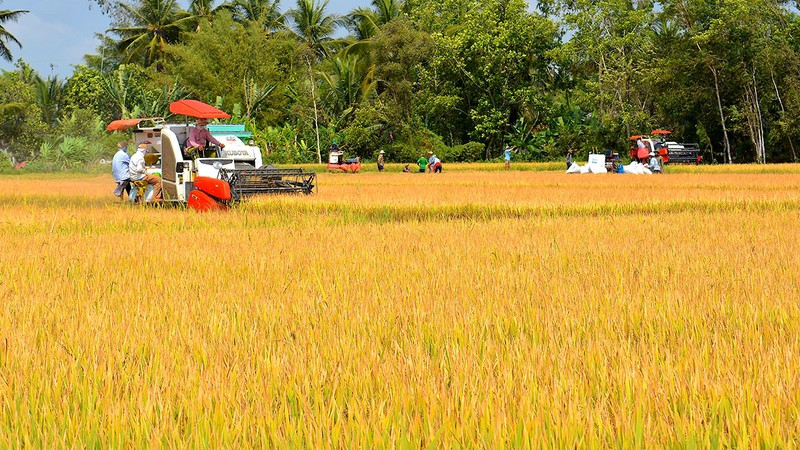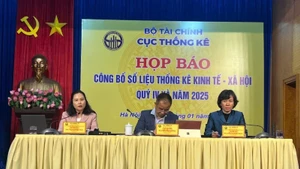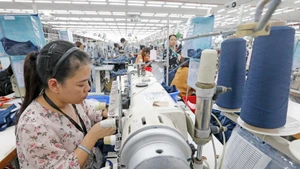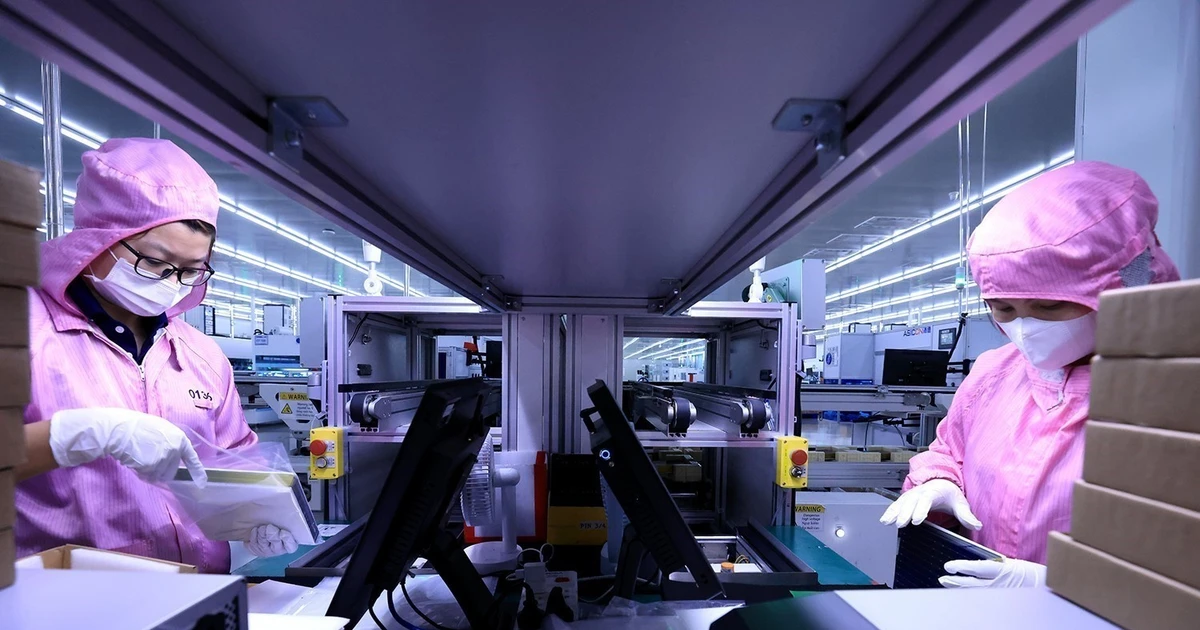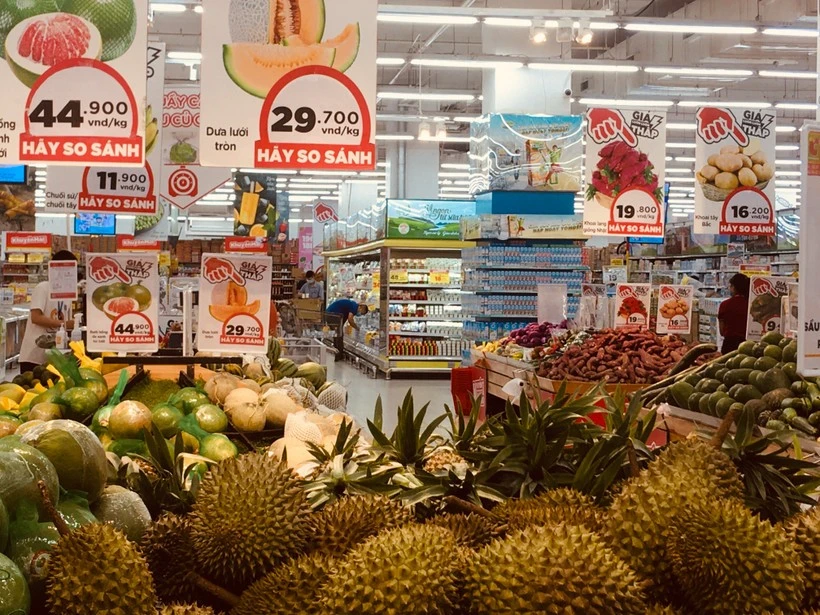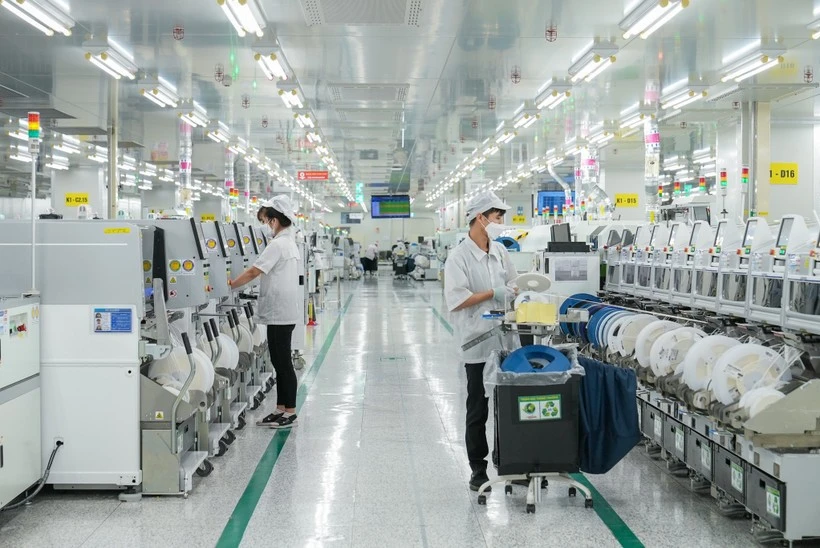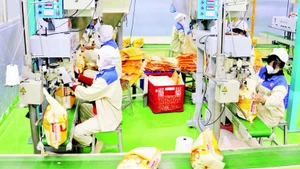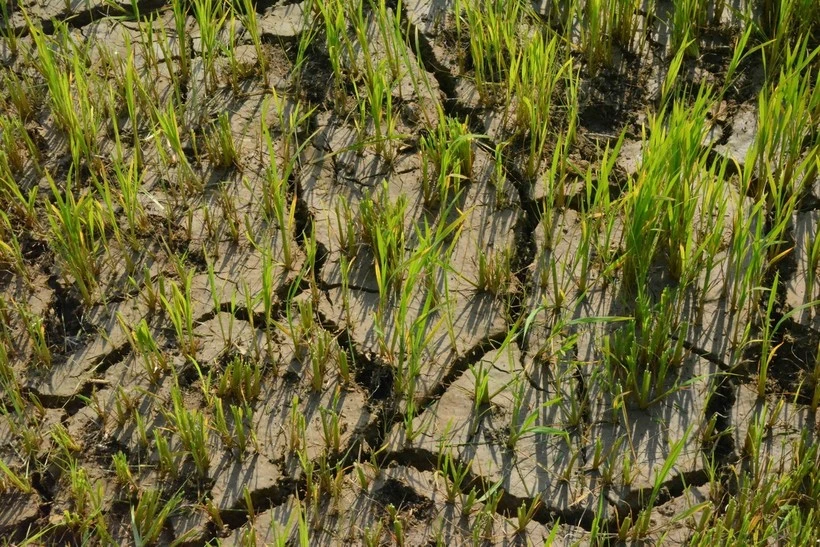On March 28, 2023, the Prime Minister issued Decision No. 300/QD-TTg approving the national action plan on developing a transparent, responsible, and sustainable food system in Vietnam by 2023.
In which, the role of agricultural production is highlighted with crucial tasks such as applying digital technology in management of farming areas, traceability of food origin; integrating ecological, low-emission agricultural production in value chain links; and raising awareness and capacity for producers and businesses.
Digital transformation is an important driving force
According to Nguyen Quoc Toan, Director of the Centre for Digital Transformation and Agricultural Statistics under the Ministry of Agriculture and Rural Development, digital transformation in agriculture will boost the traceability of agricultural, forestry, and fishery products to meet market requirements for transparency in the production process, thereby increasing the added value of the product.
Vietnam currently has high rate of Vietnamese farmers using the internet every day, creating favourable conditions for the digitalisation of production process.
A typical example of digital transformation in agriculture is a model of managing and tracing the carbon footprint of low-emission, environmentally friendly production of dragon fruits in Binh Thuan Province. The model is jointly implemented by the United Nations Development Programme (UNDP) and the Ministry of Agriculture and Rural Development.
According to the Binh Thuan Provincial Agricultural Extension Centre, the model tracks carbon emissions in production and processing of four cooperatives and enterprises; ensuring transparency in green production through production logs; and tracing product origin through stamps.
By getting access to https://thanhlongxanhbinhthuan.vn, users can look up output and carbon emissions; the Provincial Agricultural Extension Centre can manage all production logs of all participating accounts; while directors of the participating cooperatives can monitor, manage, approve, or intervene in the information of their cooperative members.
One of the useful tools in the building and development of a transparent, responsible and sustainable agriculture is the management of planting area codes and packaging facilities.
Therefore, the Plant Protection Department has put forward many solutions to boost digital transformation in this field.
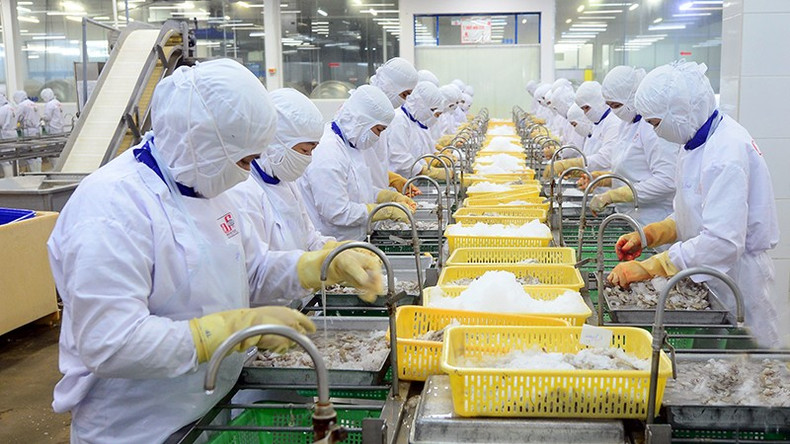 |
| Processing seafood for export at Cafatex Seafood Joint Stock Company in Hau Giang Province. (Photo: Tran Quoc) |
These include a website providing comprehensive information on plant quarantine regulations and food safety for export at https://sansangxuatkhau.ppd.gov.vn; a national database which includes central database, a growing area management software, packaging facility management software, and an online training platform online training platform on export readiness which providing information and issuing training certificates on exporting agricultural products.
The Department also launched new farm-diary management software, which has been piloted in durian and banana growing areas and packaging facilities since the end of 2022.
As of August 2023, it has been implemented in 23 out of 54 provinces nationwide, such as Ben Tre, Binh Phuoc, Binh Duong, Binh Thuan, Dak Lak, Dak Nong, Dong Thap, Long An, Lam Dong, Soc Trang, Tay Ninh, Vinh Long, Hoa Binh, and Hau Giang.
The free software has shown many benefits such as replacing manual note-taking, allowing users to export data files when necessary, conduct self-accounting, effectively manage materials, and help representatives of growing areas proactively register for monitoring.
Developing high quality human resources
There is a fact that all stages of the agricultural, forestry and fishery value chain, from production, harvesting, processing to consumption, face the lack of high-quality human resources.
Farmers are the first to engage in the commodity chain. Therefore, to create professional agriculture, there must be a team of professional farmers.
Minister of Agriculture and Rural Development Le Minh Hoan
Minister of Agriculture and Rural Development Le Minh Hoan has repeatedly emphasised that farmers are the first to engage in the commodity chain. Therefore, to create professional agriculture, there must be a team of professional farmers.
Limitations in human resources are even more clearly revealed in agricultural, forestry, and fishery export activities with high requirements from import partners.
Vietnam is struggling to remove the EC's yellow card for seafood export, which is largely the consequence of human resources, as a number of Vietnamese fishing vessels were caught trespassing in other countries' waters.
Currently, the Plant Protection Department has built and online training platform, which includes a bank of instructional videos on crops and agricultural products to train technical staff working in each growing area and packaging facility according to the provisions of the protocol or Work Plan signed between Vietnam and the importing country.
In addition, the Ministry of Agriculture and Rural Development has issued Resolution No. 37-NQ/BCSD on innovating and improving the effectiveness of training high-quality human resources to meet the requirements of agricultural development and rural development by 2025, with orientation to 2030.
The resolution sets goals+ that by 2030 an average of 1.5 million rural workers are provided with vocational training nationwide every year; the rate of trained agricultural workers will reach more than 70%; and the rate of certificated workers in the agriculture, forestry, and fisheries sector will increase from 4.6% in 2020 to 10% in 2030.
